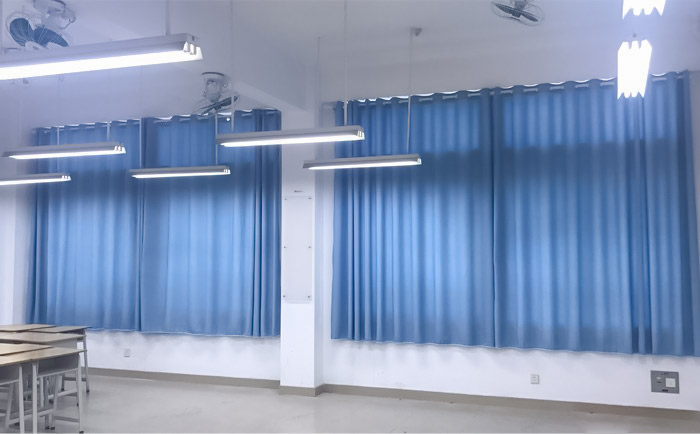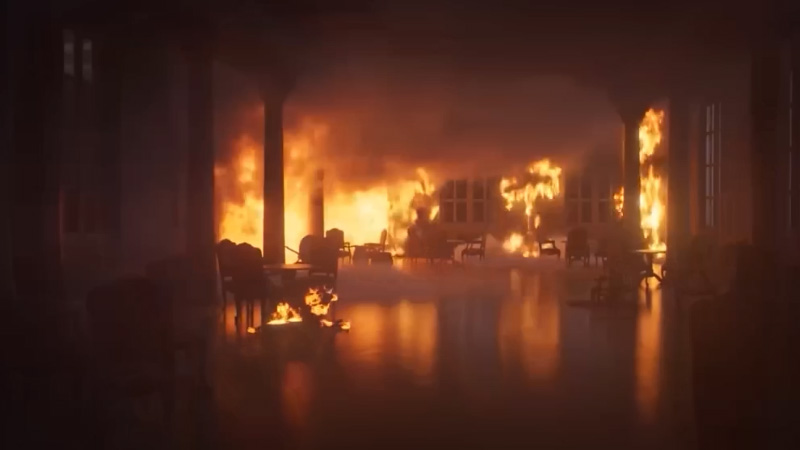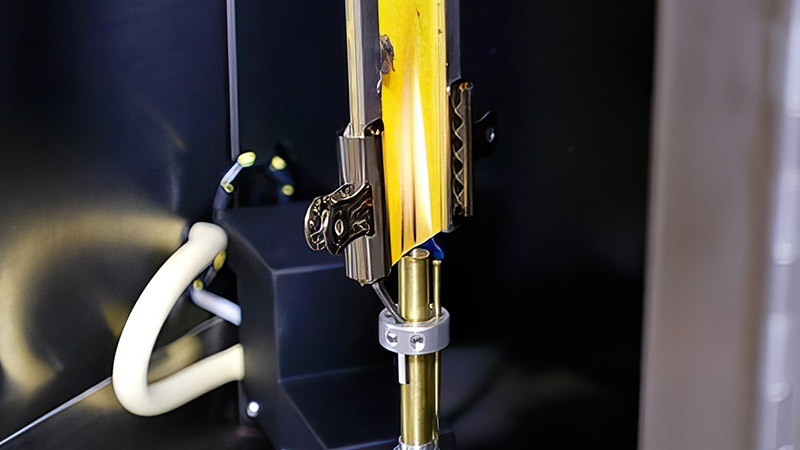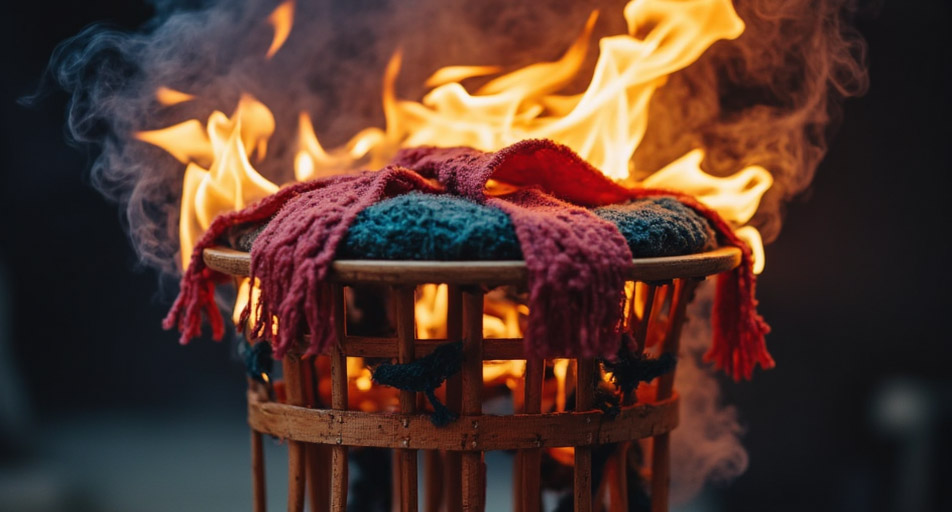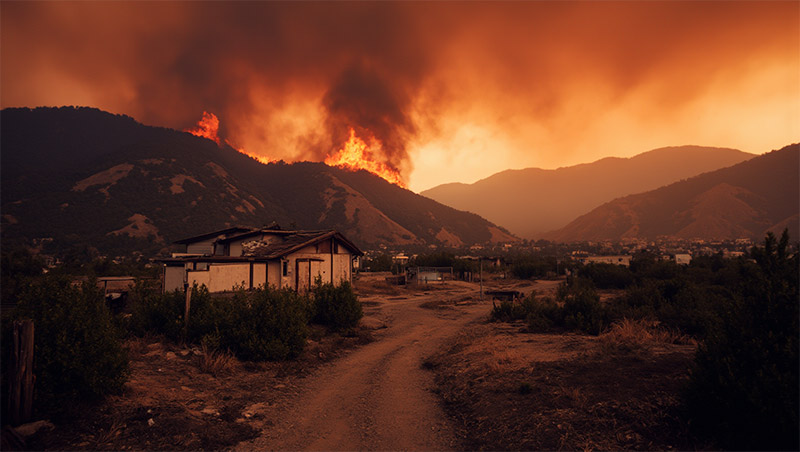How to Choose Flame-Retardant Curtains for Commercial Projects
The choice of flame-retardant curtains, including fabric processes and standards, directly impacts project costs, timeline, and acceptance testing. We will provide a comprehensive analysis covering flame-retardant standards, fabric processes, project compatibility, and supplier reliability to help guide your decision.

